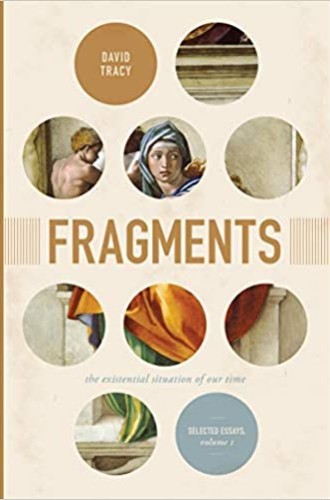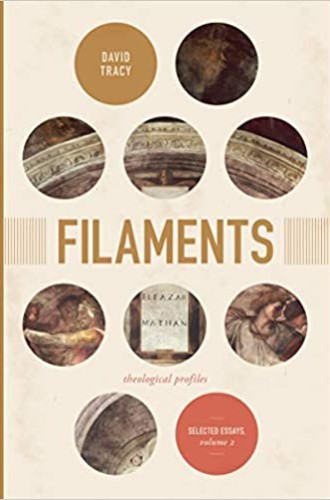David Tracy and the absolute infinite
Essays spanning four decades offer a fitting entree into the work of a distinguished scholar.
Few images capture High Renaissance humanism as iconically as Michelangelo’s masterwork The Creation of Adam (completed in 1512), which adorns the Sistine Chapel ceiling in Vatican City. Here, God the Father, be-toga-ed and bearded, stretches his index finger down toward the outstretched hand of his newly minted imago Dei, Adam—naked and reclining slightly below the creator as his face beams with longing and wonder. Theologian David Tracy reads Michelangelo as more than a paragon of painting. The Florentine master, in Tracy’s view, expresses, as well as if not better than any Scholastic writer, the incarnational, mystical, sacramental, pluralistic-yet-harmonious catholic vision that Tracy calls the “analogical imagination.” This vision persists in affirming hope and defending human dignity even in a world of sin, chaos, dissolution, and natural afflictions.
Still, The Creation does not tell the whole story. It must be complemented with the Sistine wall fresco, titled The Last Judgment (completed in 1541). Anchoring this apocalyptic panorama is Christ, the incarnate God-man, whose Apollonian figure sits enthroned, sorting out the saved from the lost. Christ’s raised right hand reproves a group of reprobate sinners at the bottom left side of the painting—including one wretched figure, head in hand, legs clasped by demons, the visible side of his face exuding terror, despair, and regret. Even with such unflinching realism in the face of evil, the analogical imagination, as Tracy interprets it, asserts the triumph of an ultimate good: the infinite mystery of triune love that transcends thought and image and perhaps even being itself.
Michelangelo joins other prophets, mystics, and thinkers—ranging from ancient Roman Africa to the 20th-century United States—profiled in Filaments, the second volume of Tracy’s stunning two-volume essay collection. These articles, spanning four decades, offer a fitting and thorough entree into the work of the distinguished theologian, philosopher, and Catholic studies scholar, who has taught at the University of Chicago for more than 50 years.







